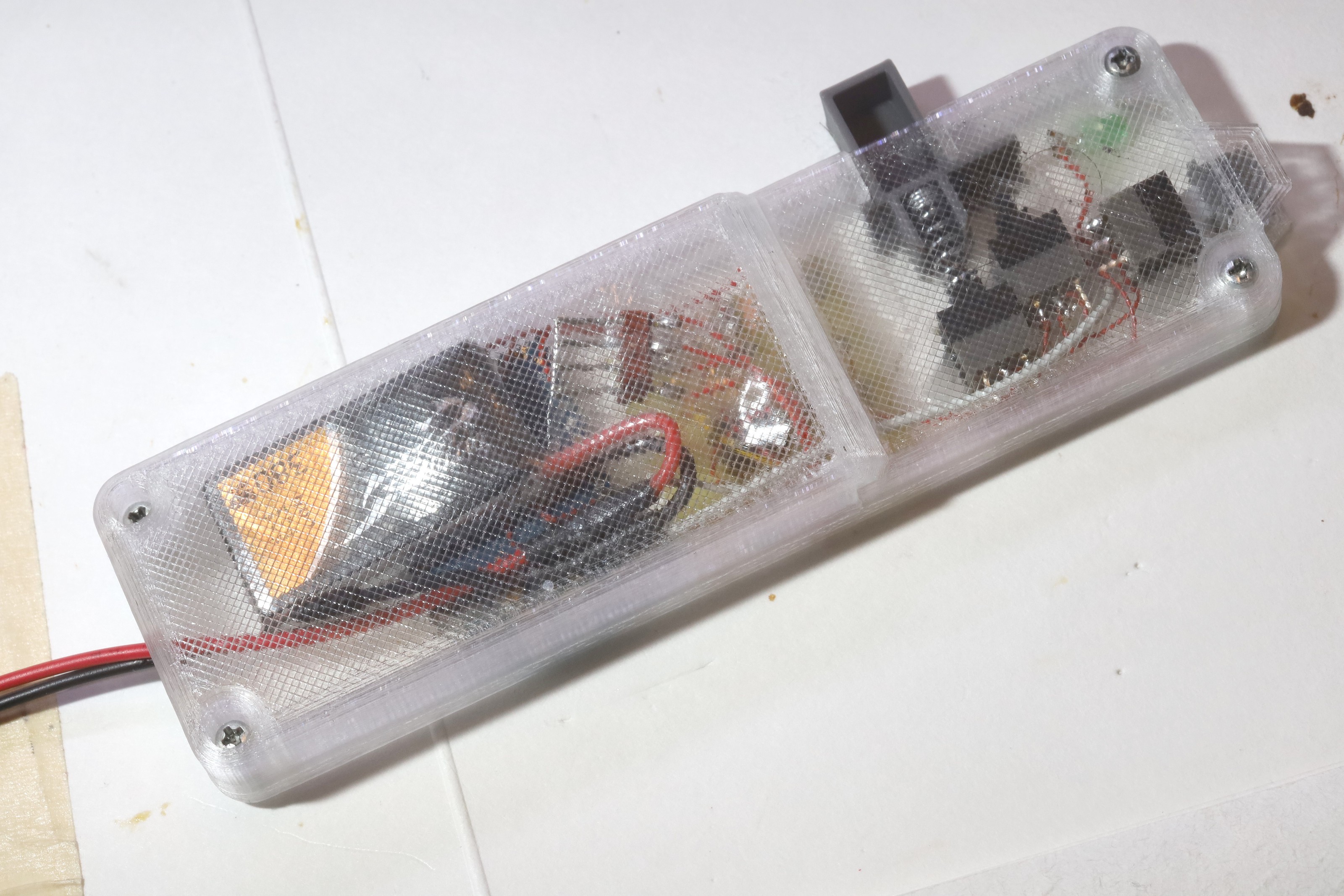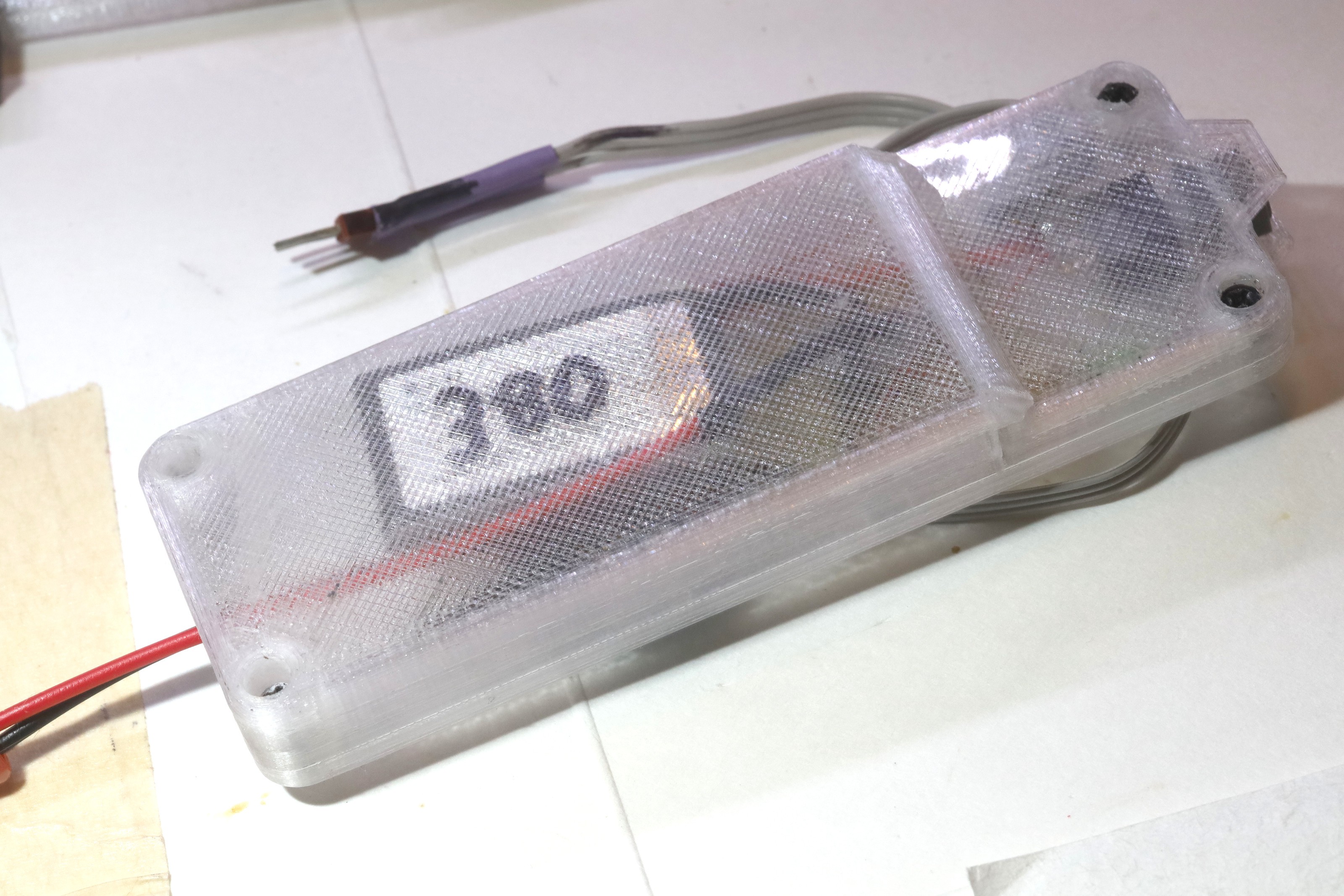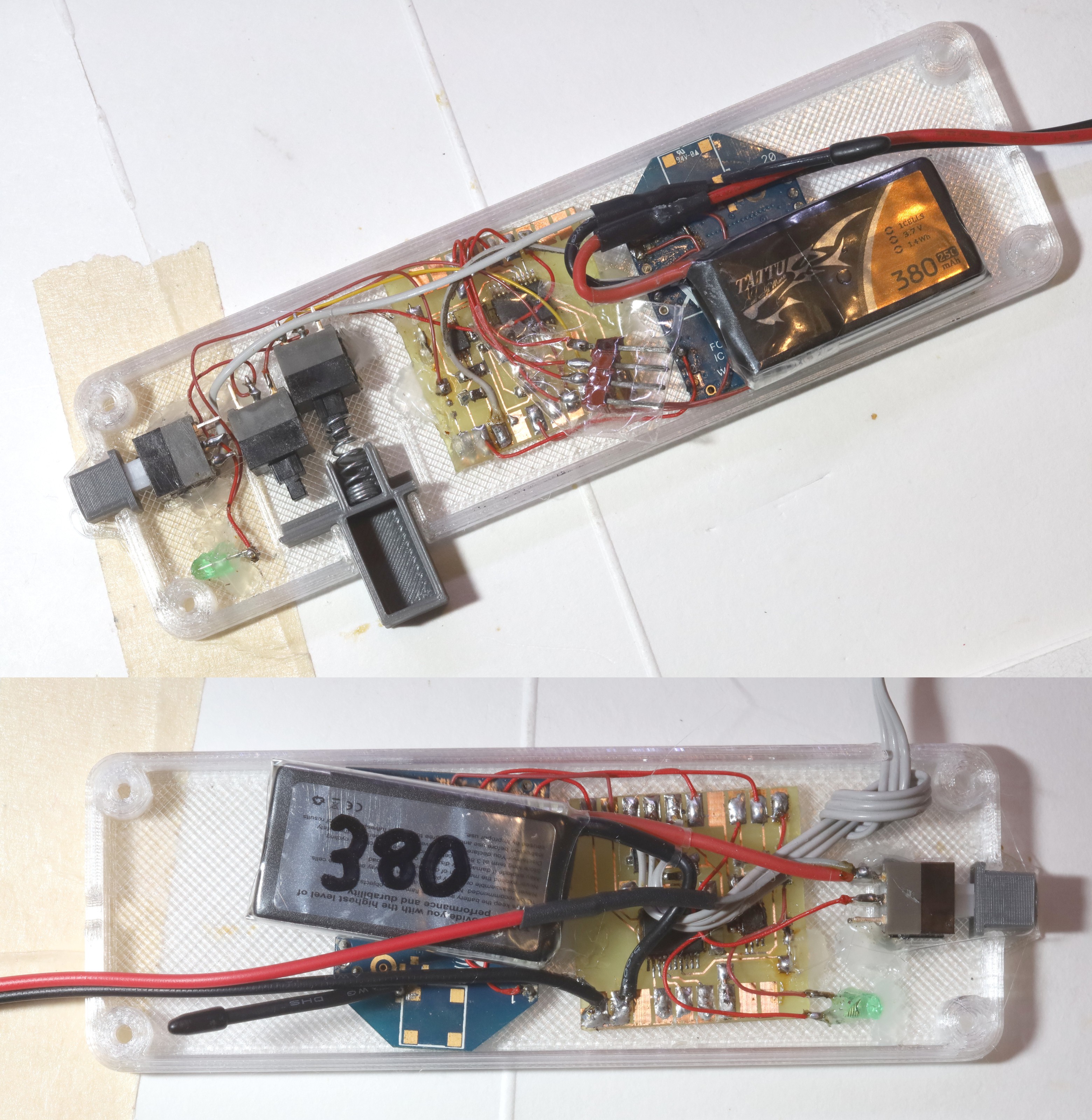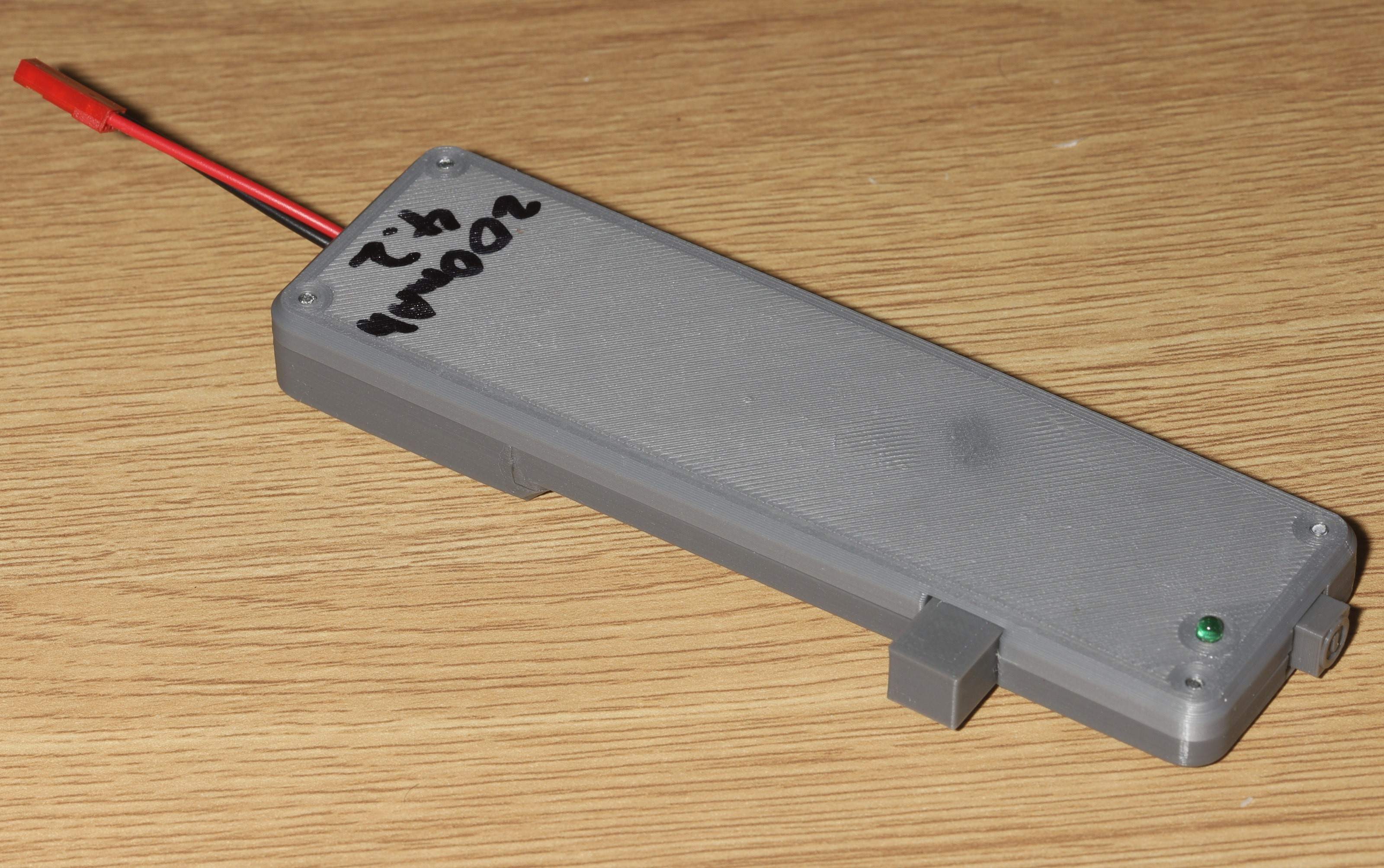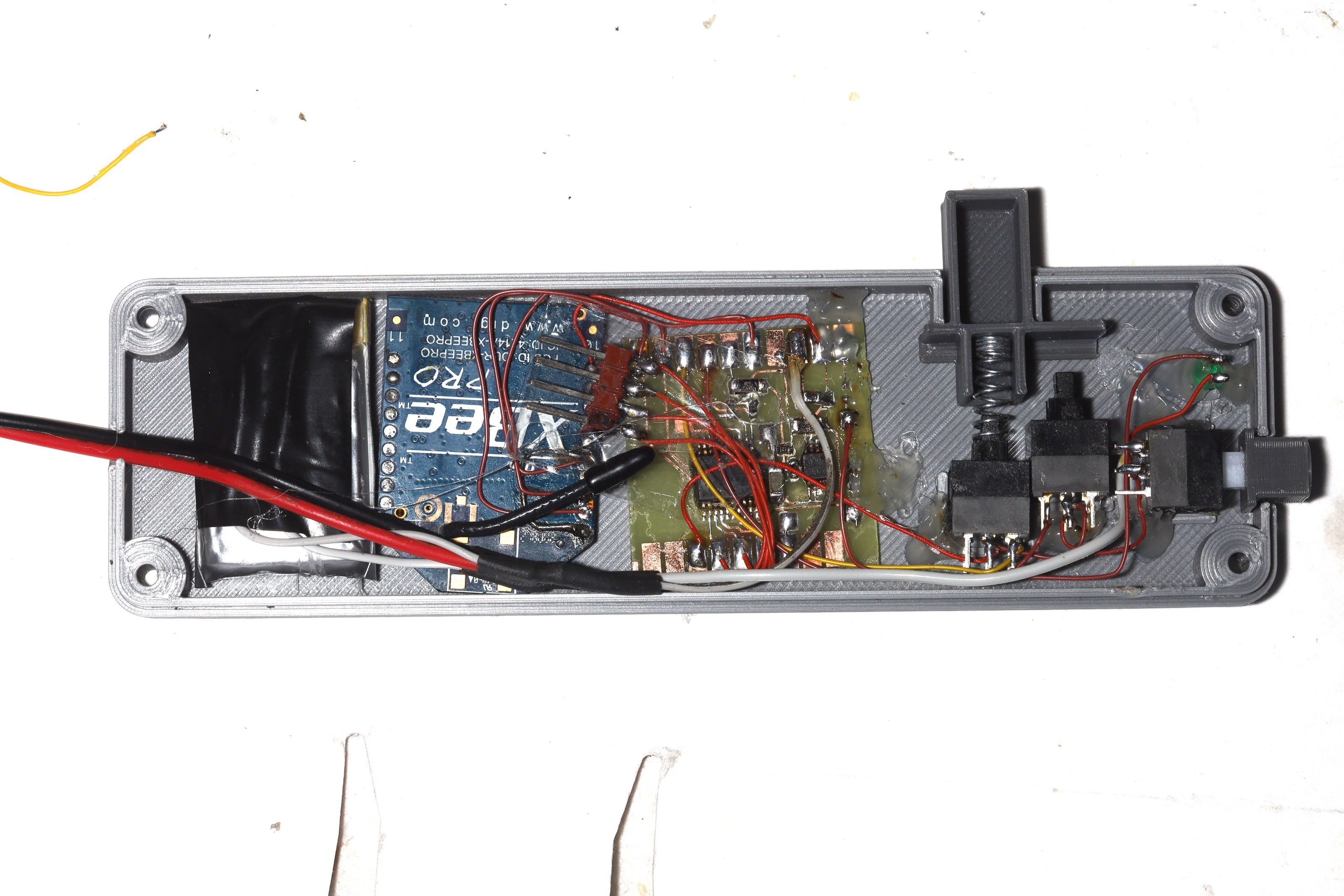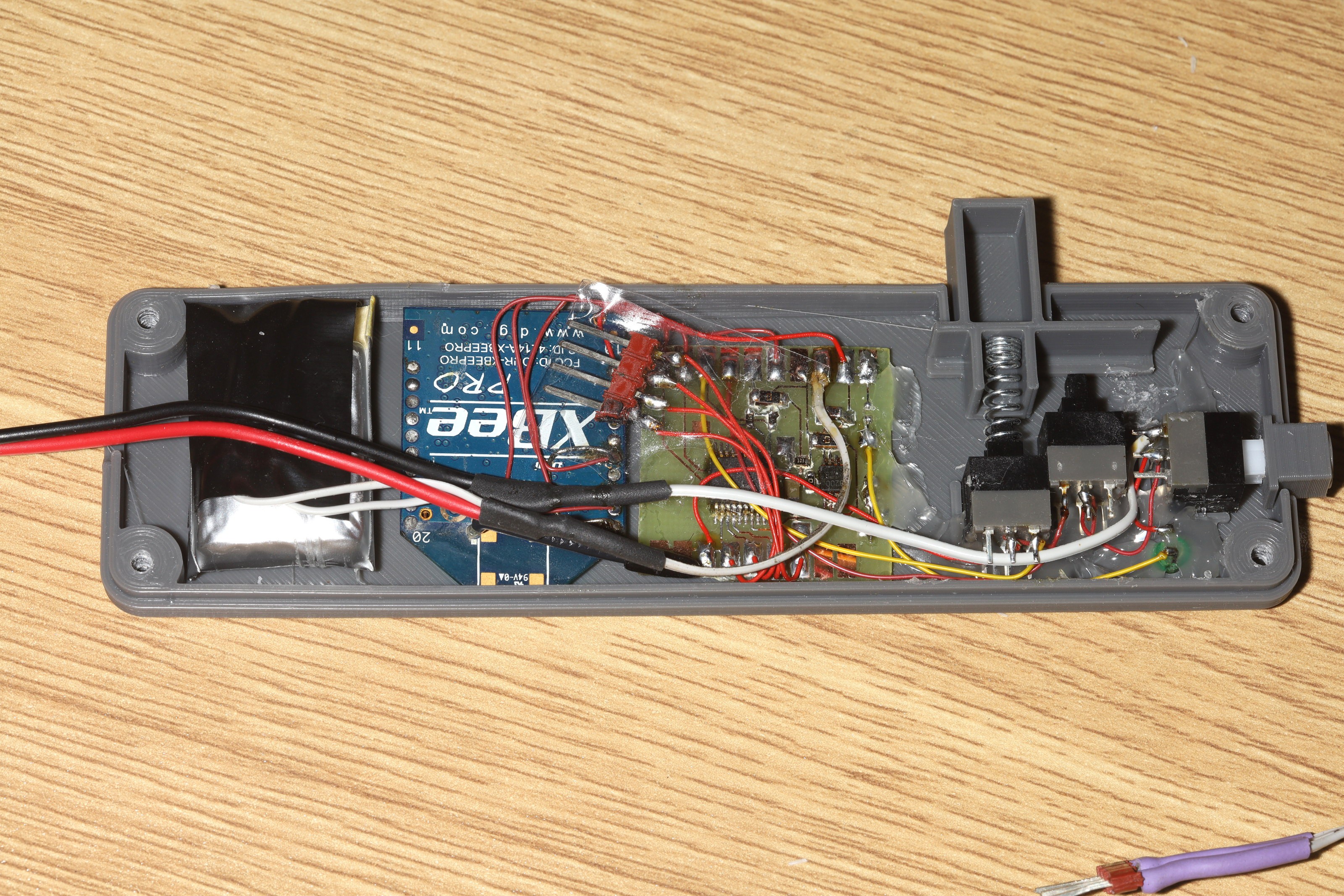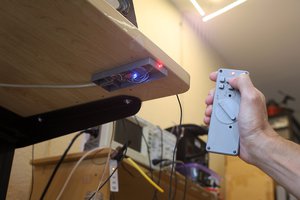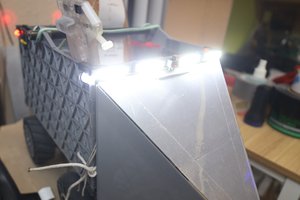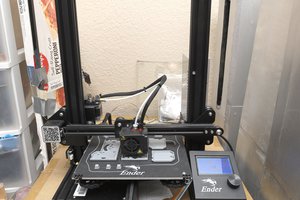Wireless camera remote controls have been a problem area for lions. Decent commercial models now start at $40, but there's a questionable $20 one. Versions which use IR only work with some cameras & require line of sight. The mane problems with cheaper ones would be the usual suspects: unreliable radios, unreliable buttons.
The journey began with days & days of drawings designing a home made 3 position pushbutton & enclosure. The lion kingdom desired a very large shutter button with long travel & clicks.
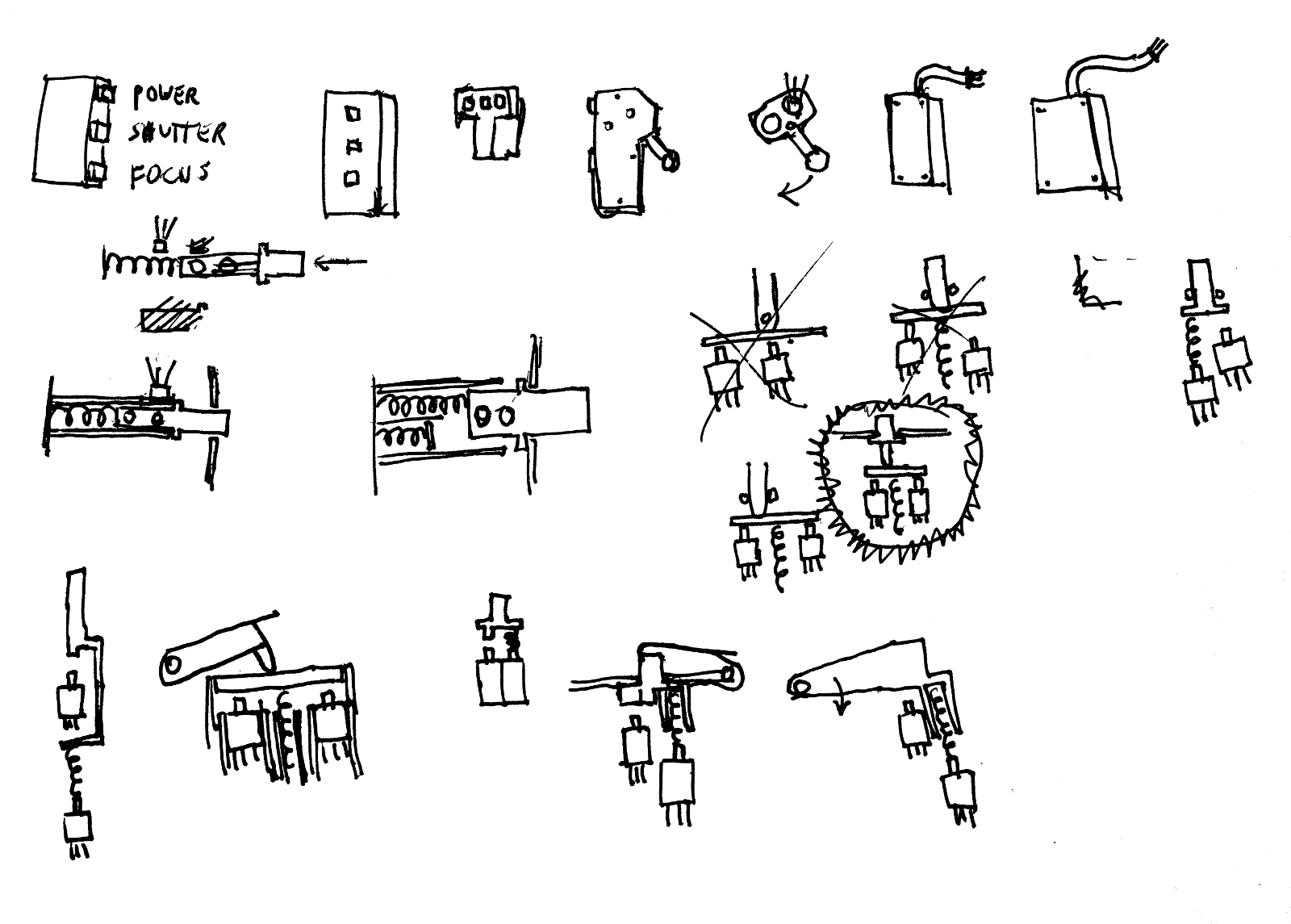


This used the MHPS2283V & a pen spring. Its dual clicks are very satisfying, but it doesn't have a soft zone & hard zone like a camera. It's very hard to use in loud areas & very easy to press through the focus & engage the shutter.
The new enclosure design hinged on whether to reuse through hole electronicals from 2012 or fabricate SMD electronicals. The lion kingdom has made many wireless shutters going back to 2004.
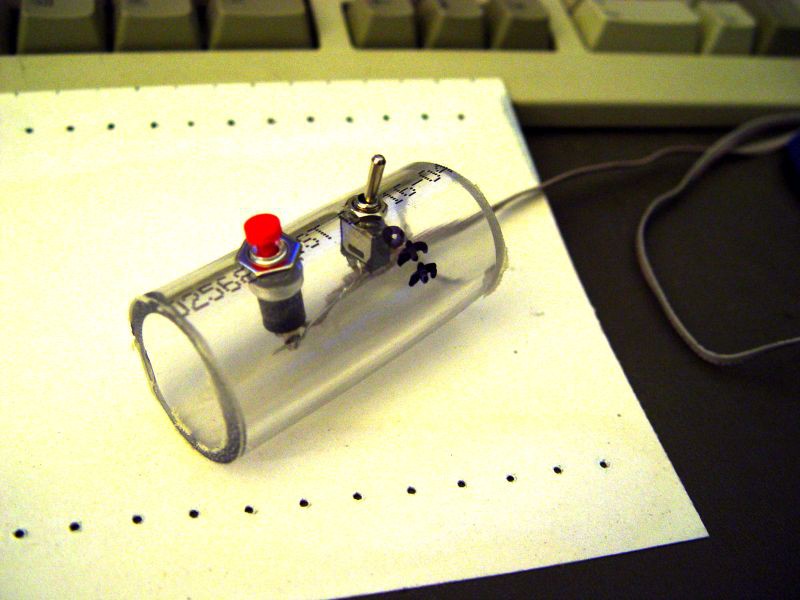
Circa Aug 2004 That one had a momentary button for single shots & a manetained switch in parallel for long exposures.
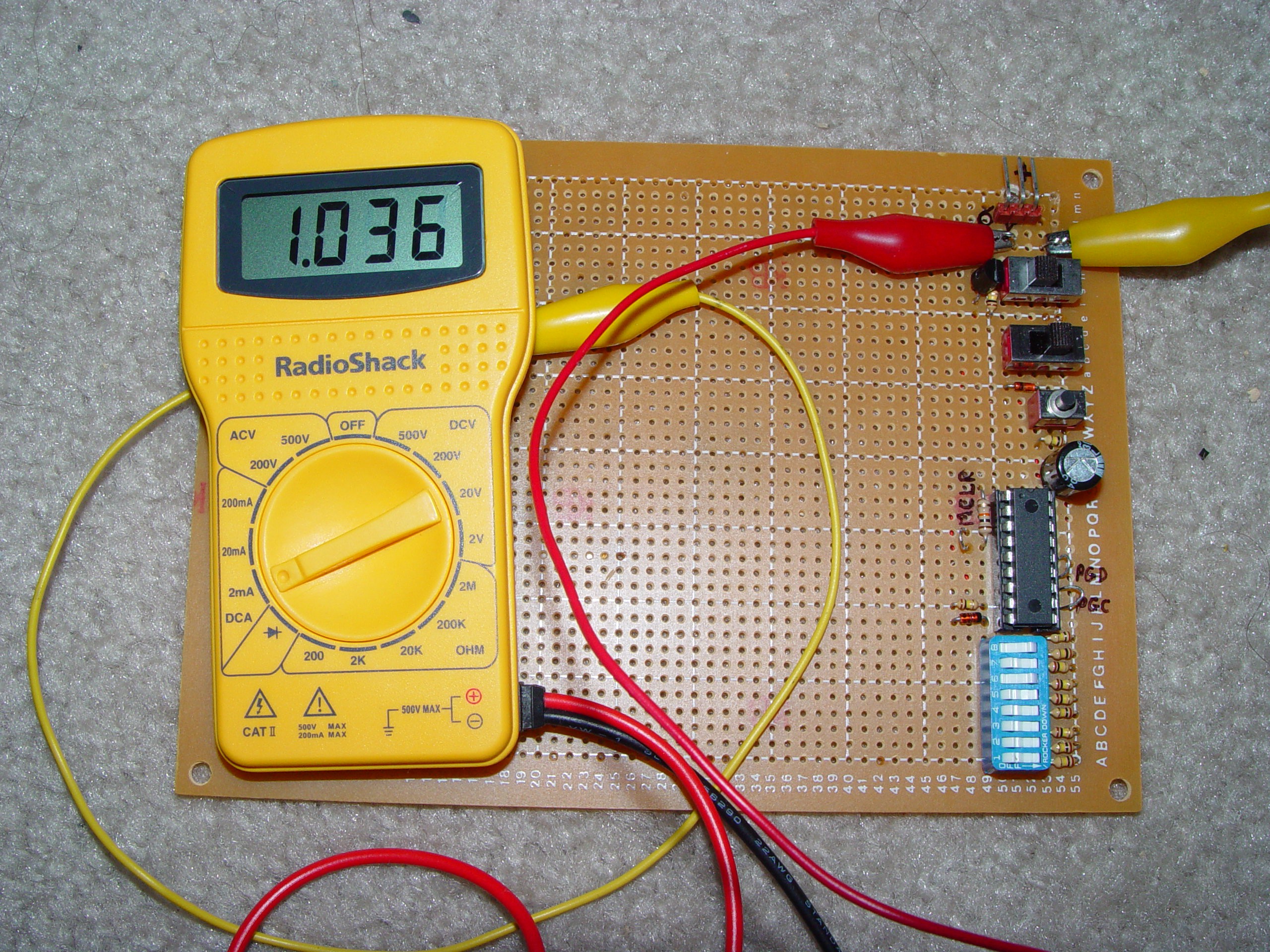
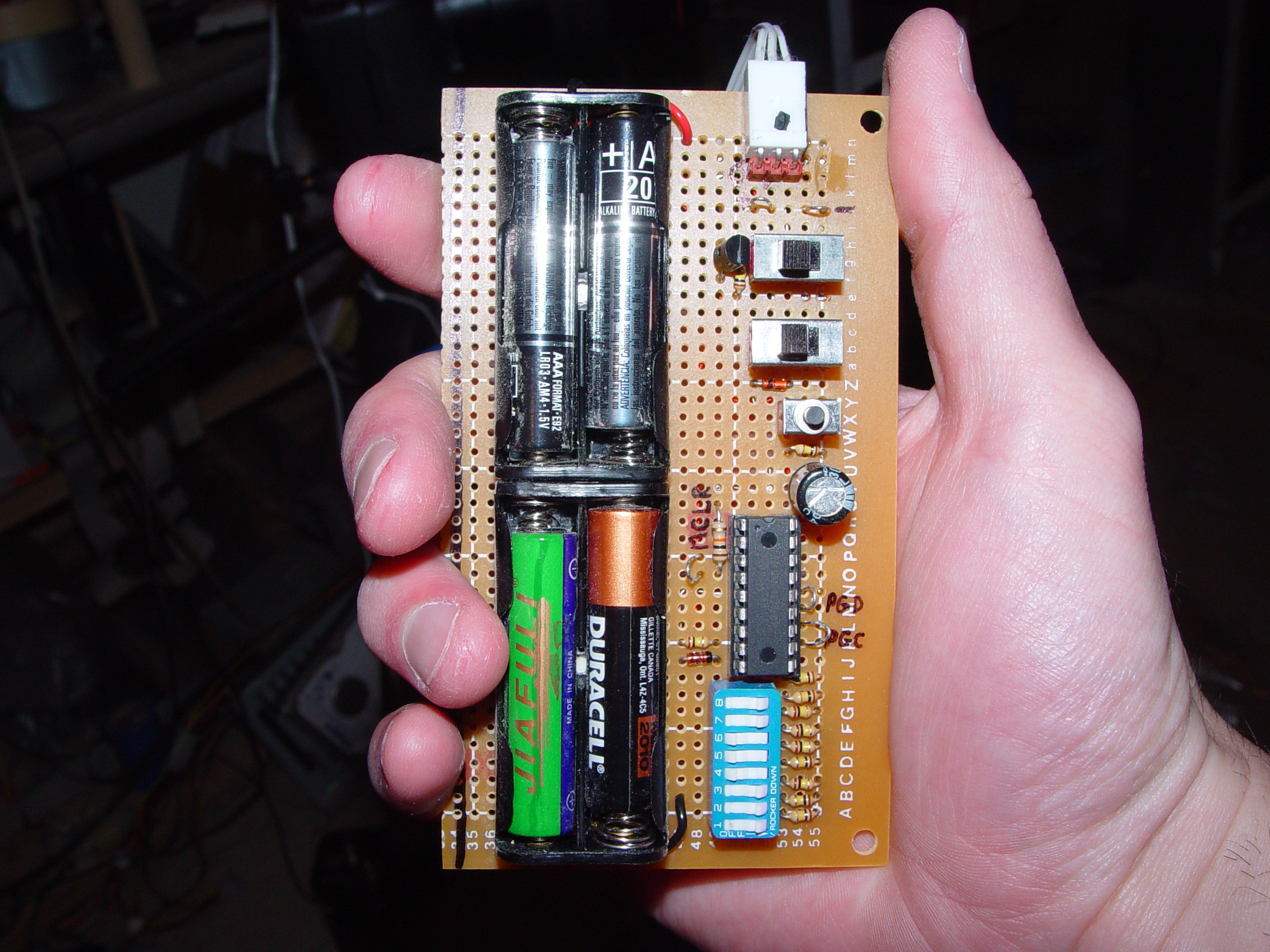
Circa March 2005. Once again, momentary button & manetained switch in parallel. Having a bare board was a disaster with condensation.
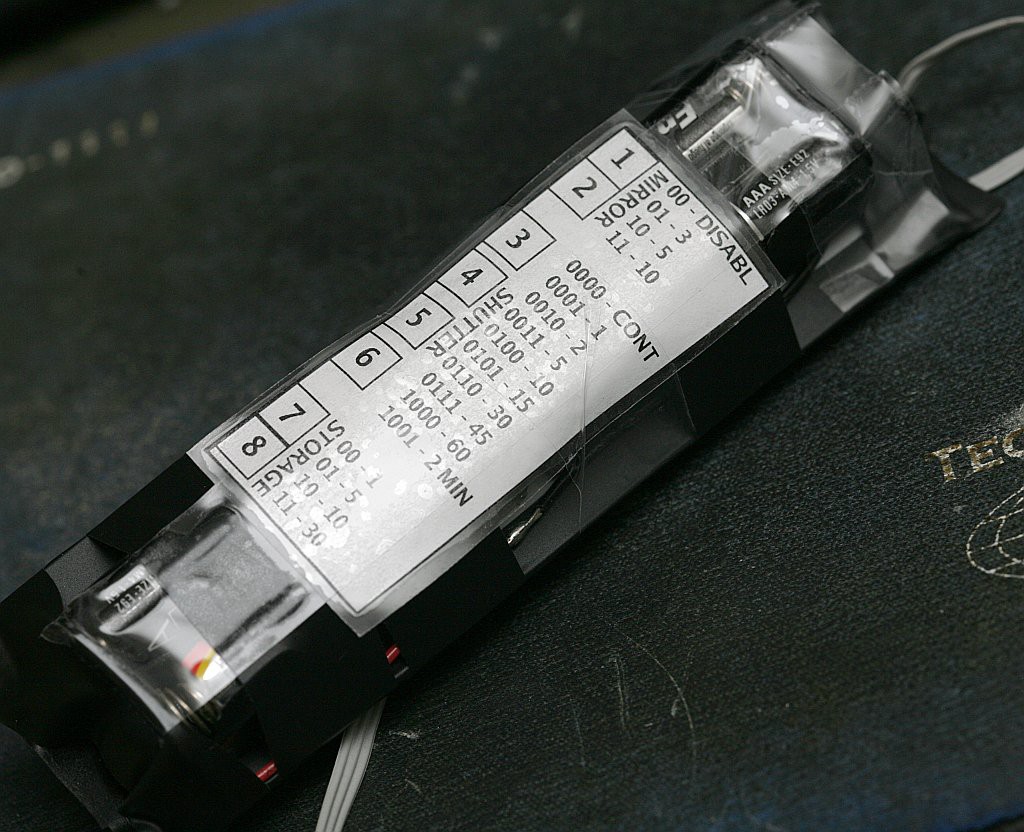

Wired shutter from July 2009.
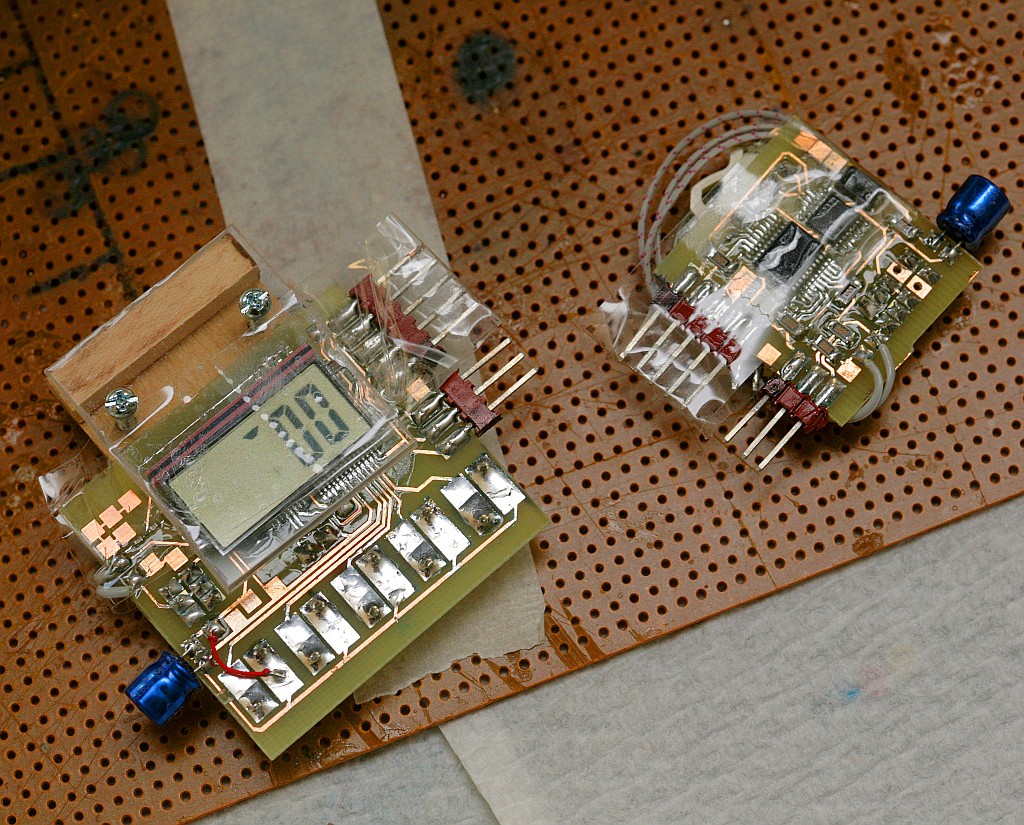
Wireless intervalometer circa Feb 2011.
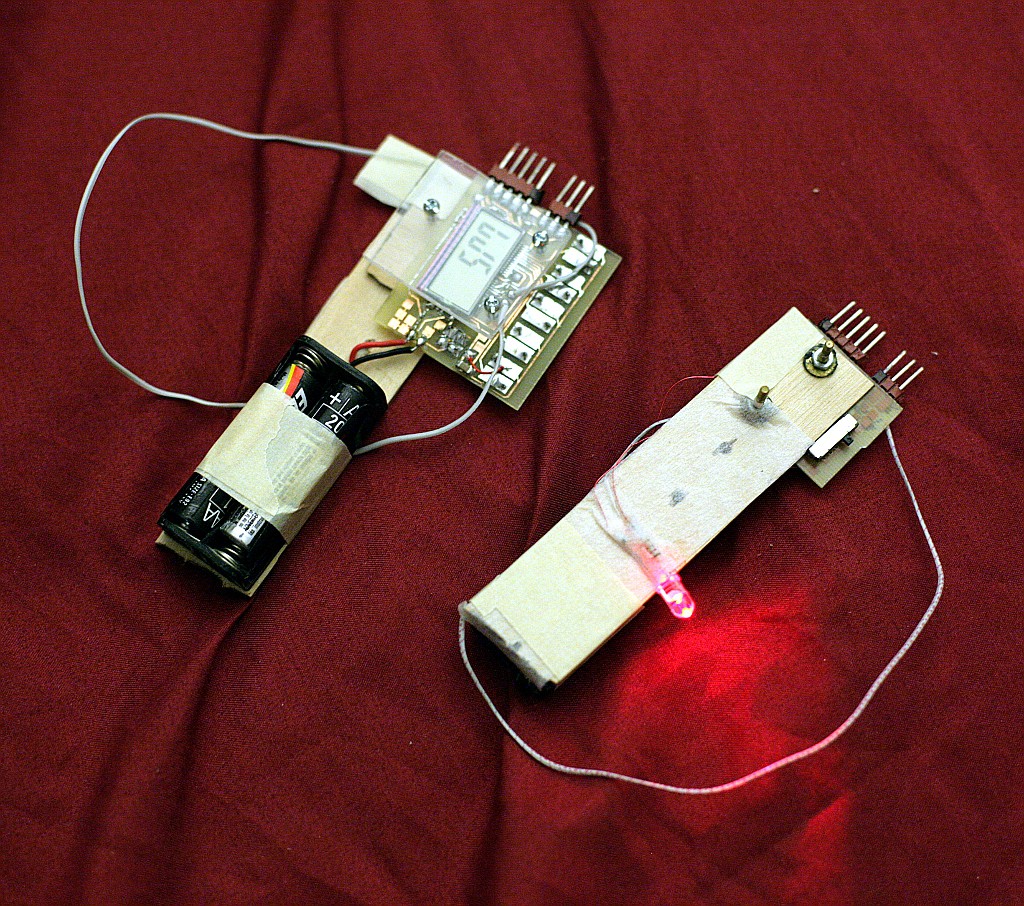
Circa Oct 2011
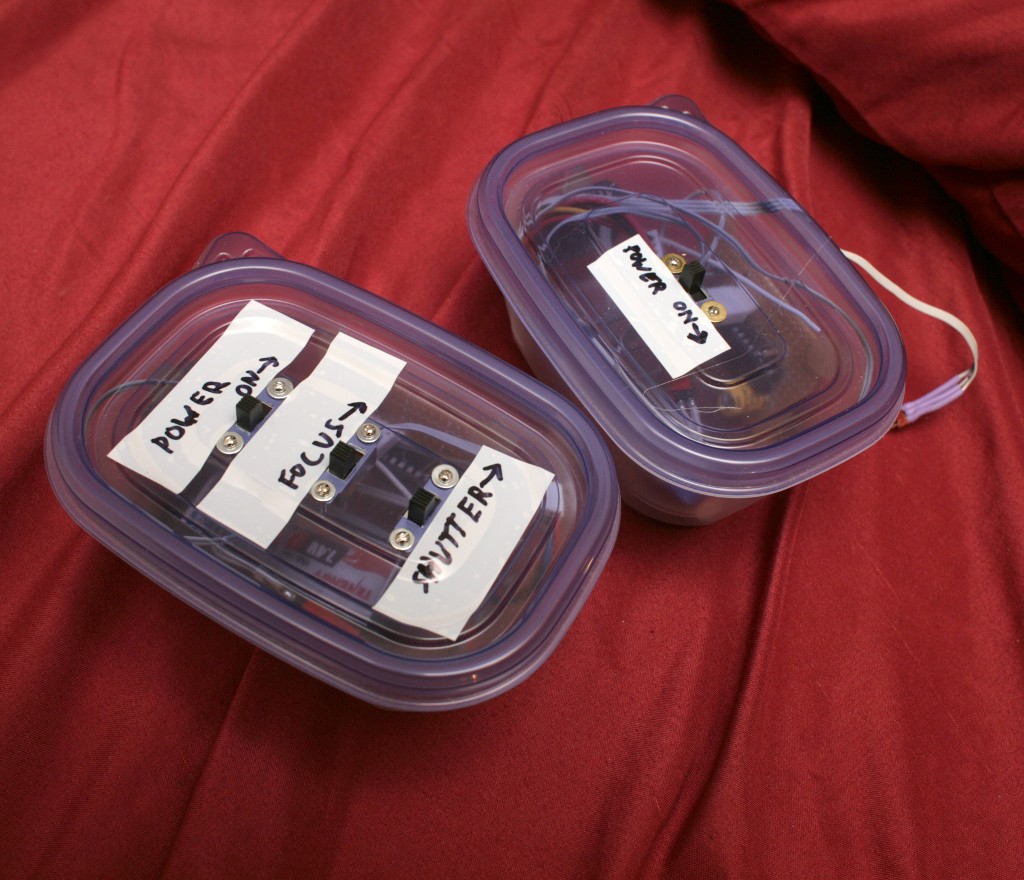
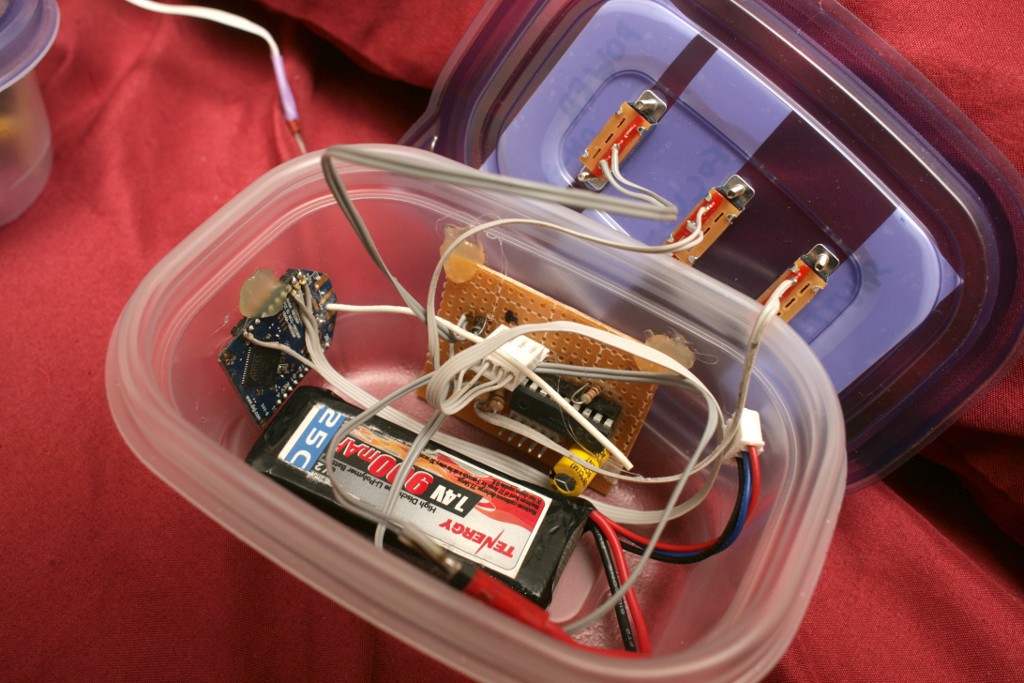
Circa Dec 2012
Lessons learned are they need amplified radios be reliable enough. The more tactile the buttons the better. Capacitive buttons or touch screens won't do the job. They have to be enclosed for shielding from condensation. They need indicator LEDs to show they're on & receiving. A single 3 position button for focus & shutter is required. Separate switches are a pain.
The lion kingdom now has a separate wired intervalometer with manetained switches. A manetained switch for taking long exposures is only useful in a wired shutter, since a wireless shutter has a risk of running out of juice. A redundant manetained switch could be useful in a wireless shutter for bling.
The decision was made to make new electronicals & make a size optimized enclosure. The through hole circuit lions had used in camera remotes since 2011 was quite bulky, manely because of the 8.4V required to feed the high dropout regulator.
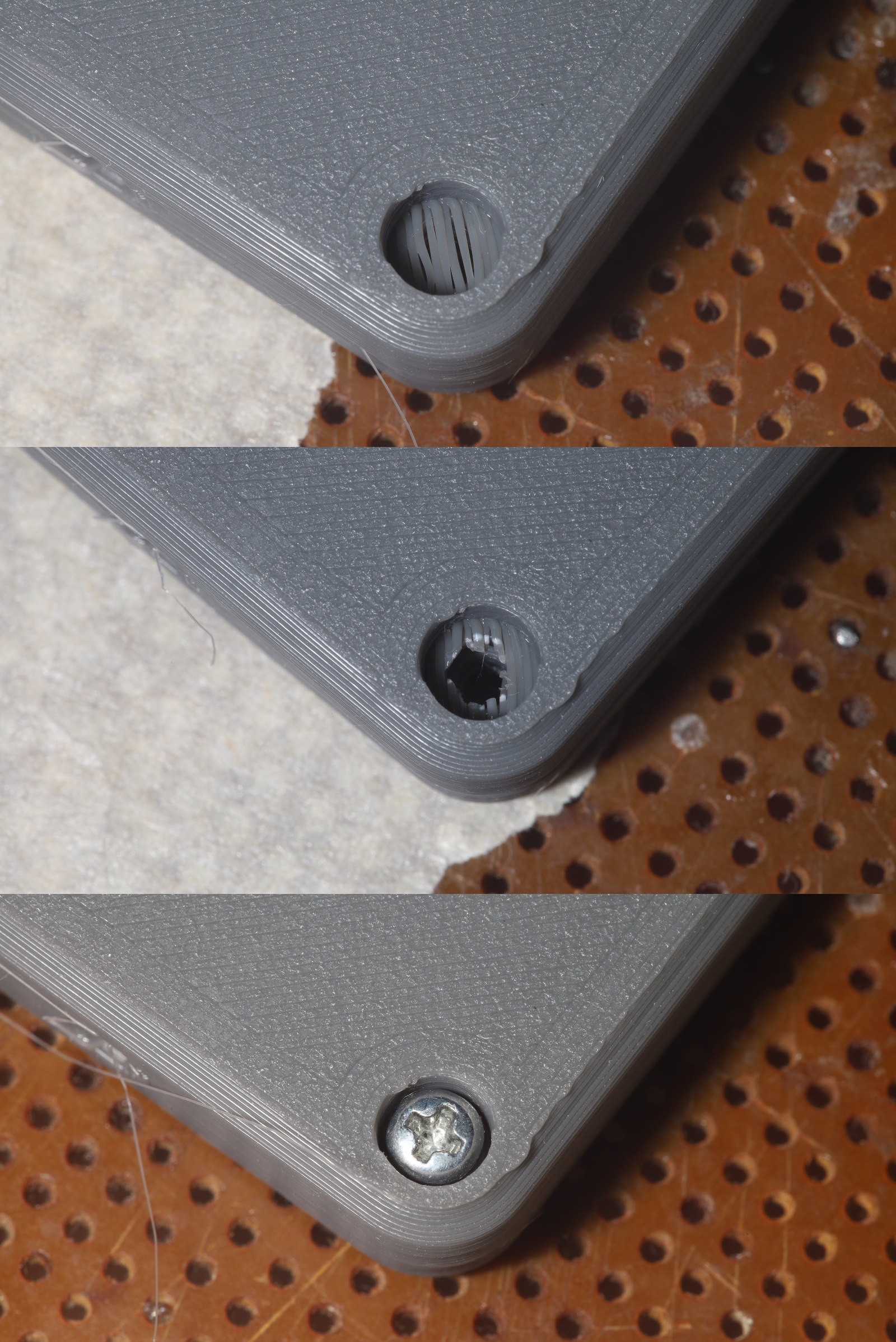
This was the lion kingdom's 1st use of sacrificial layers. Much better than trying to print a support for a screw hole, but they only work if the hole is above a certain size. Below a certain size, the slicer makes a circle instead of a crosshatch.
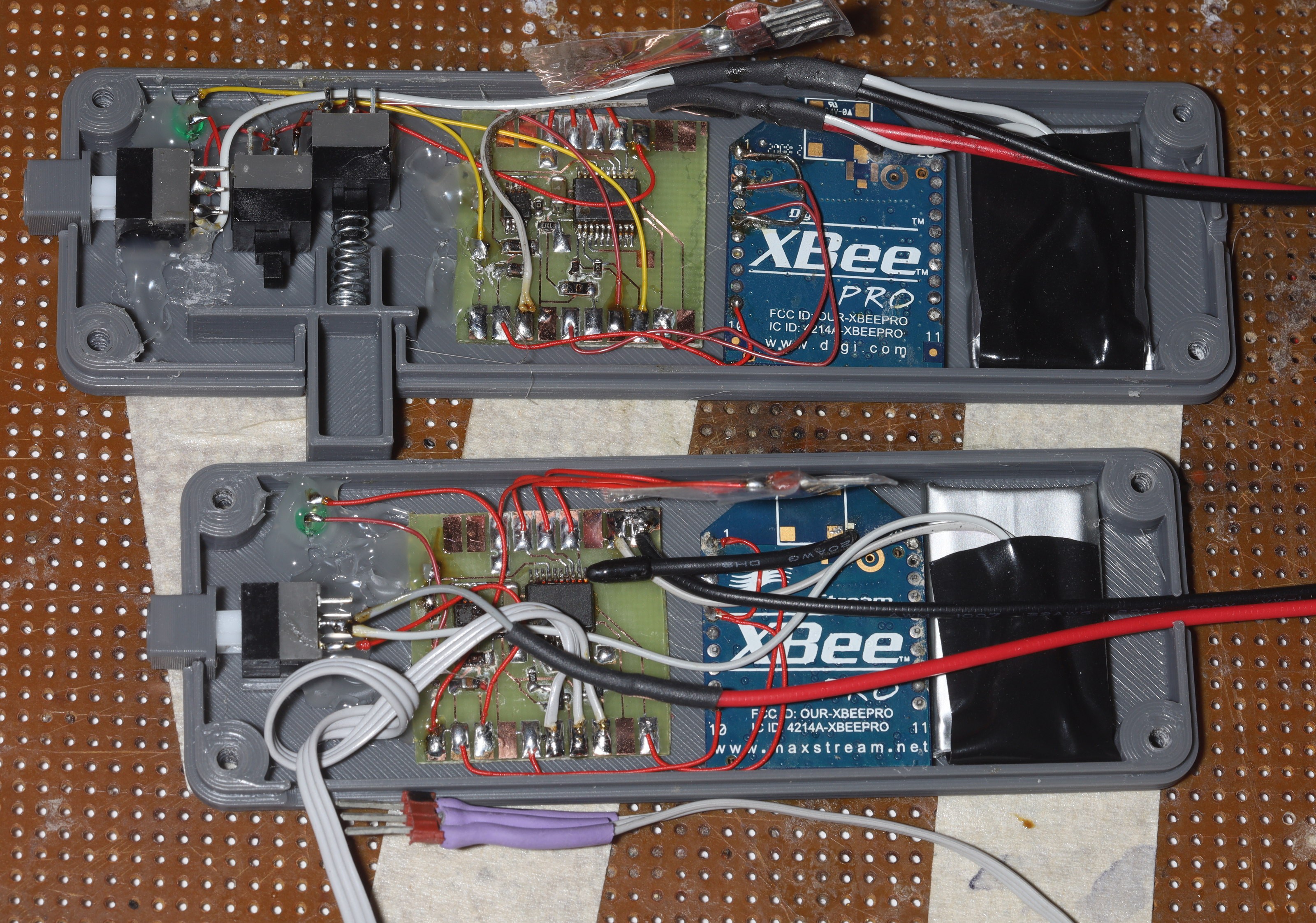

Final assembly involved some heroic soldering to connect those tightly packed switches. The trick is to wrap a loop of wrapping wire around the pins before soldering it. Solder 1 end to anchor it before wrapping the other end. Cut the wrapping wire to the required length before beginning installation.
Finally, use the power switch for ground so the common ground for all the switches can be the power switch ground instead of a dedicated battery wire. That's why switches always go to ground.
The XBee antennas were bent over & squished over the board. The XBee burns 55mA in idle & 225mA when transmitting. The PIC burns 10mA at 8Mhz. The batteries came from nano misters & were tested to be 150mAh, providing maybe 2 hours on a brand new battery but more realistically 1 hour. The thing is lions use wireless remotes once in a blue moon, so large batteries were always a waste. A bigger battery should be on the wishlist, anyways.
There's no provison for measuring battery voltage or changing frequency. That requires probing the charging cable & soldering jumpers to the radio. The charging connector is simply a battery cable. It's a fixed 2.4Ghz frequency which while rarely having problems before is a risk the lion kingdom was willing...
Read more » lion mclionhead
lion mclionhead